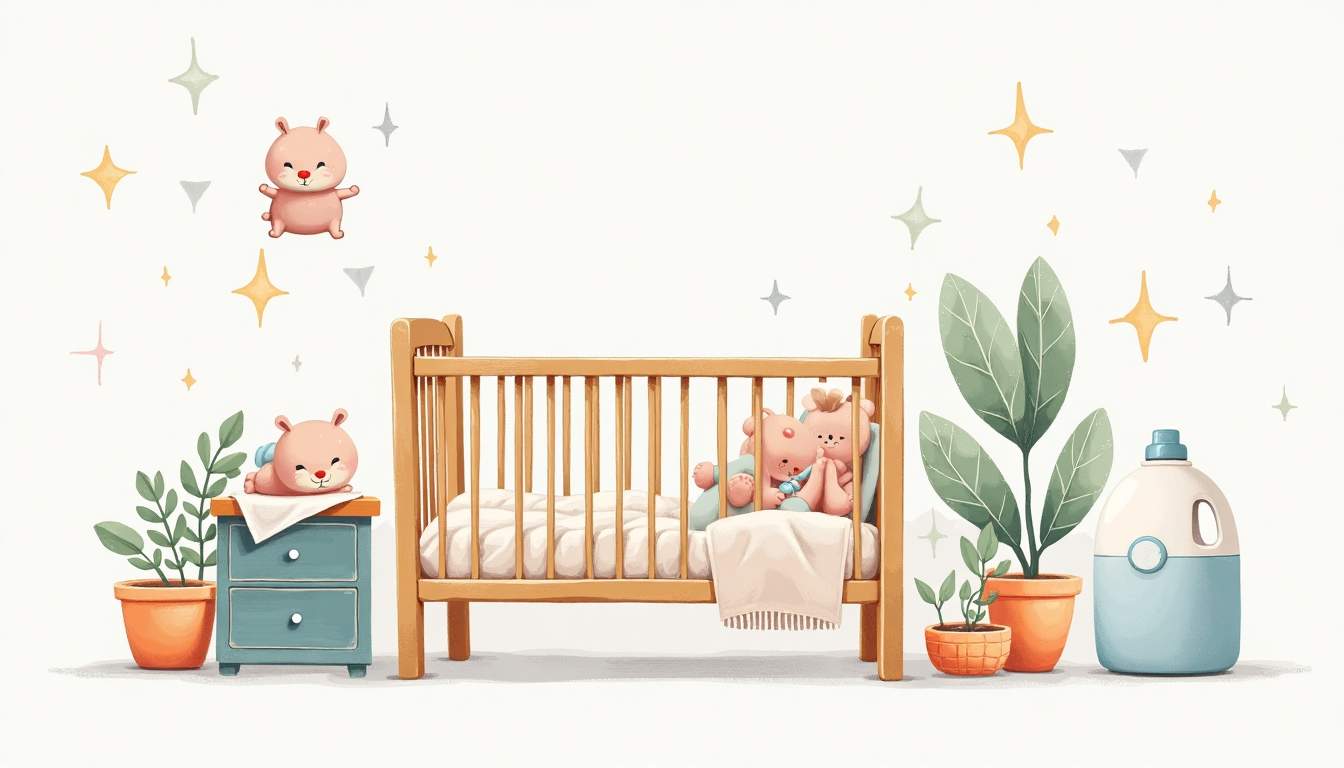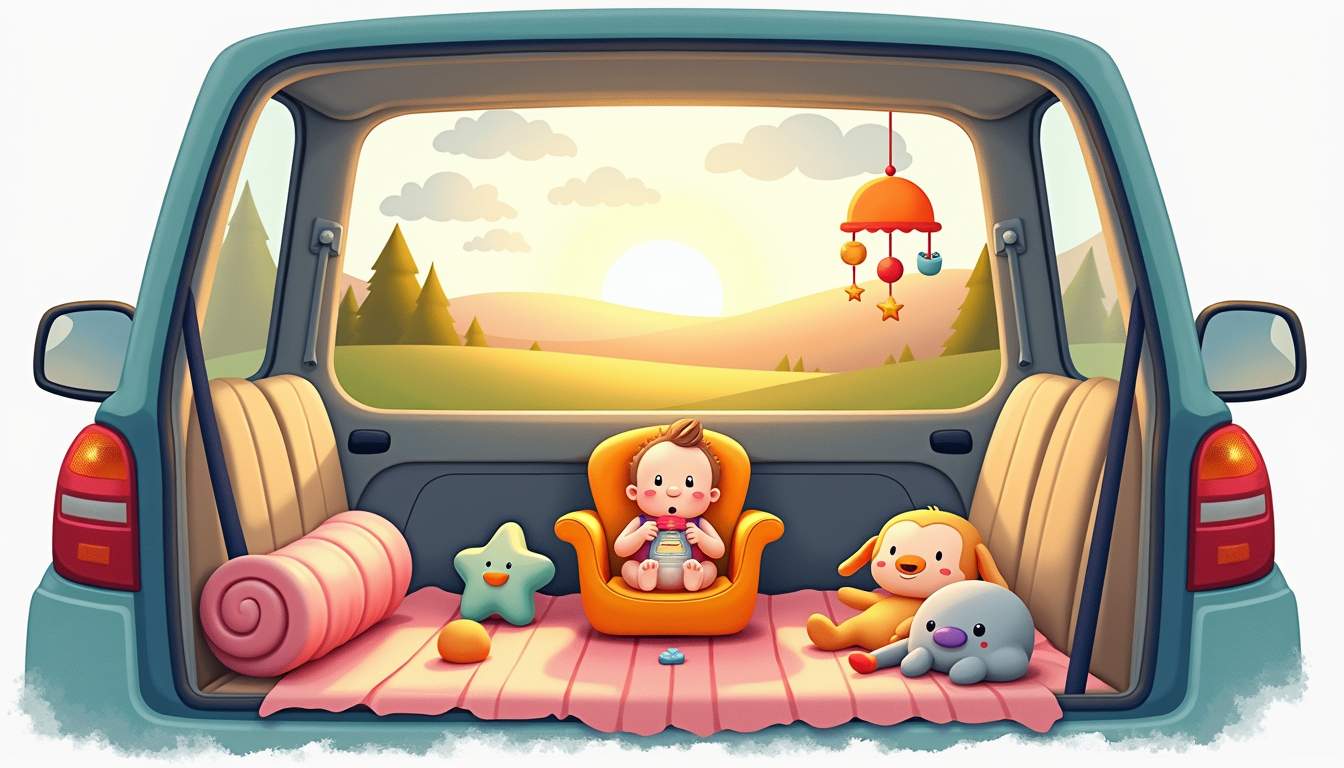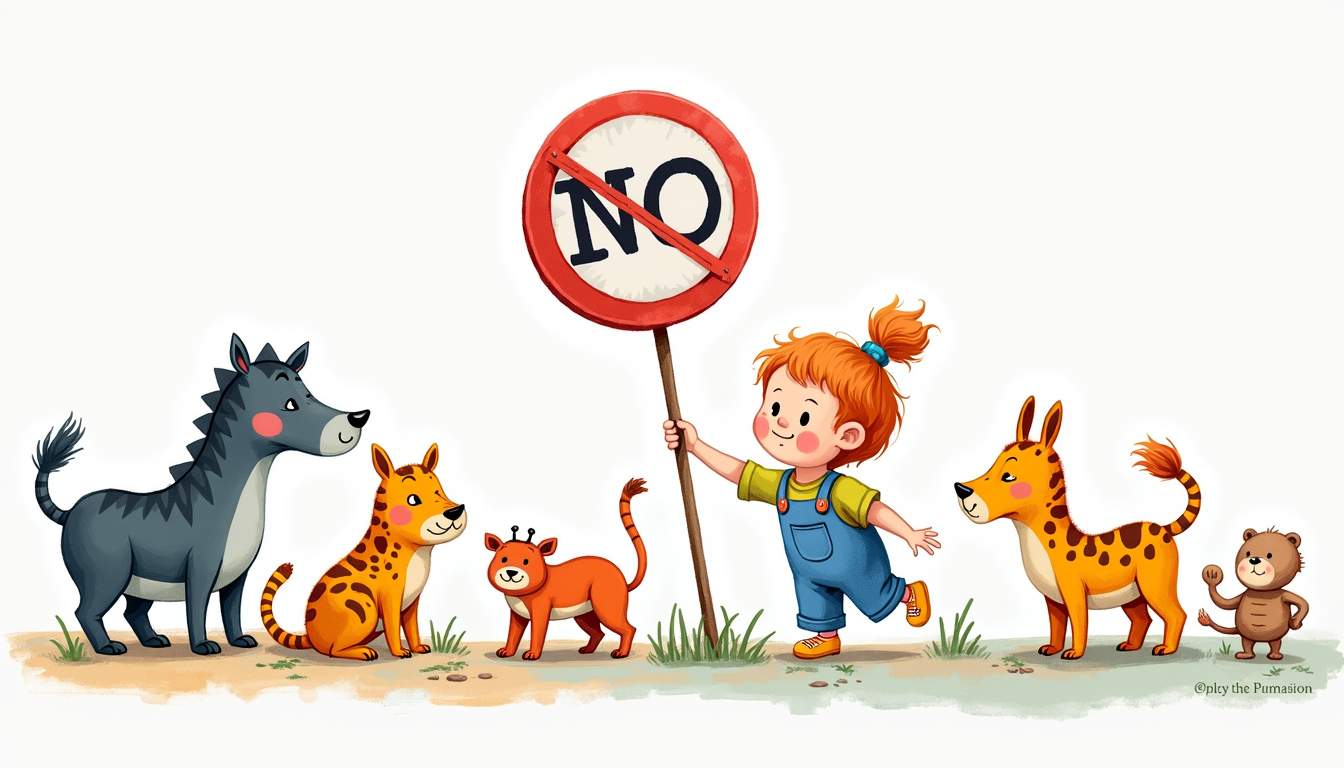Have you ever caught a baby staring at you, their wide eyes filled with wonder? It can be a heartwarming experience, leaving you curious about what’s going on in their little minds. Babies have a unique way of connecting with the world around them, and their gazes often hold deeper meanings than one might assume. This article delves into the reasons behind those captivating stares and what they reveal about a baby’s development and emotions.
The Fascination of New Faces
One of the primary reasons babies stare at people is their innate curiosity about new faces. From the moment they are born, babies are wired to seek out human interaction. Their vision may be blurry at first, but they can recognize faces and are drawn to them, especially those of their caregivers.
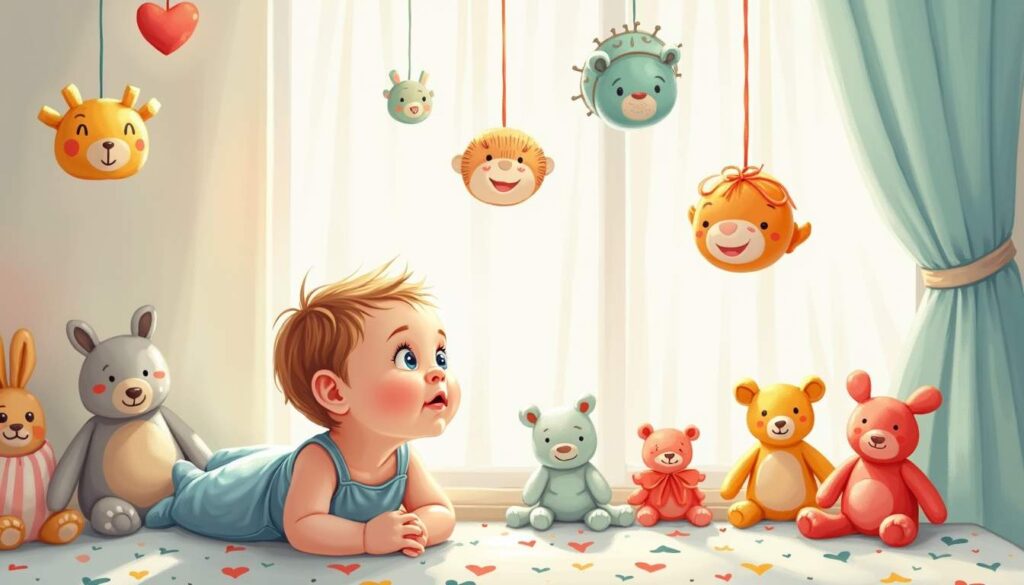
Developing Visual Skills
In the early months, a baby’s eyesight is still developing. They can see best at a distance of about 8 to 12 inches, which is perfect for gazing into the faces of those who hold them. As they grow, their ability to focus improves, and they become increasingly interested in the details of facial features. This fascination is not just about recognition; it’s also about learning. Babies are observing expressions and emotions, which helps them understand social cues. For instance, when a baby sees a smiling face, they may instinctively mirror that expression, laying the groundwork for emotional development and social skills that will serve them throughout their lives.
Social Interaction and Bonding
Staring is a form of social interaction for babies. They use their gaze to engage with others and express their interest. When a baby looks at someone, they are often trying to connect, seeking a response. This interaction is crucial for bonding, as it fosters a sense of security and attachment. The more a baby stares and receives smiles or coos in return, the more they feel loved and accepted. This back-and-forth exchange is often referred to as “serve and return,” where the baby initiates interaction through their gaze, and the caregiver responds, reinforcing the baby’s sense of belonging. Moreover, these early social experiences are foundational for developing language skills, as babies begin to associate sounds and words with the faces they see, paving the way for future communication.
The Role of Environment
The environment also plays a significant role in a baby’s fascination with faces. Brightly colored toys, patterned fabrics, and varied lighting can capture a baby’s attention and enhance their visual exploration. In a stimulating environment, babies are more likely to engage with their surroundings, including the faces of family and friends. This engagement is not just passive observation; it is an active process where babies learn about the world around them. For example, a baby may notice how different people react to the same situation, allowing them to begin to differentiate between various emotional responses. Such observations are crucial for their cognitive development and help them navigate social interactions as they grow older.
Understanding Emotions Through Staring
Babies are incredibly perceptive, even if they cannot articulate their thoughts or feelings. Their ability to stare intently at a person can be a way of processing emotions and understanding the environment around them. This section explores how babies use their gaze to navigate their emotional landscape.
Reading Facial Expressions
From a very young age, babies begin to learn about emotions by observing the faces of those around them. They can distinguish between happy, sad, and angry expressions, and they often stare to understand the context of these emotions. For instance, if a parent smiles at them, the baby may feel joy and respond with laughter or cooing. Conversely, a frown may cause them to feel uncertain or distressed.
Responding to Emotional Cues
When babies stare at someone, they are not just passively observing; they are actively engaging in a form of communication. If a baby senses that a person is upset, they may stare longer, trying to gauge the situation. This instinctive behavior helps them learn how to respond to different emotional states, laying the groundwork for empathy as they grow older.
The Role of Attention and Focus
Babies have a limited capacity for attention, but when they do focus, it can be intense. Their ability to concentrate on a face can be attributed to several factors, including their developmental stage and the stimuli present in their environment.
Captivated by Movement and Sound
Babies are naturally drawn to movement and sound, which can explain why they might stare at someone who is animated or making funny noises. The combination of visual and auditory stimuli captures their attention and encourages them to engage. This can be particularly true during playtime, where bright colors and lively actions hold their gaze.
Exploring New Environments
As babies grow and explore their surroundings, they often encounter new experiences that pique their curiosity. A new face in their environment can be especially captivating. When a baby stares at someone unfamiliar, it’s a way of assessing whether that person is a potential friend or simply an intriguing stranger. This behavior is a natural part of their exploration and learning process.
Staring as a Form of Communication
For babies, staring is not just a passive action; it’s a dynamic form of communication. They may not have words to express their needs or desires, but their gaze can convey a wealth of information.
Expressing Needs and Desires
When a baby stares at a caregiver, it can indicate a range of needs, from hunger to the desire for attention. A prolonged gaze might signal that they want to be picked up or played with. Understanding these cues is essential for caregivers, as it helps them respond appropriately to the baby’s needs.
Seeking Reassurance
Staring can also be a way for babies to seek reassurance. If they are in a new or overwhelming situation, they may look to a familiar face for comfort. This gaze can be a silent plea for support, and responding to it can strengthen the bond between the caregiver and the child.
The Impact of Staring on Development
The act of staring has profound implications for a baby’s cognitive and emotional development. It plays a crucial role in shaping their understanding of the world and their relationships with others.
Building Social Skills
As babies engage in staring and observing, they are developing essential social skills. They learn to interpret body language, facial expressions, and vocal tones, which are all critical components of effective communication. These early interactions lay the foundation for future relationships and social interactions.
Encouraging Cognitive Growth
Staring also stimulates cognitive development. By observing the world around them, babies begin to make connections and understand cause-and-effect relationships. For example, if they stare at a toy and then reach for it, they are learning about their agency and the impact of their actions. This exploration is vital for their overall growth and understanding of their environment.
When Staring Becomes a Concern
While staring is a normal part of a baby’s development, there are instances when it may raise concerns for caregivers. Understanding the signs of potential issues can help ensure that a child receives the support they need.
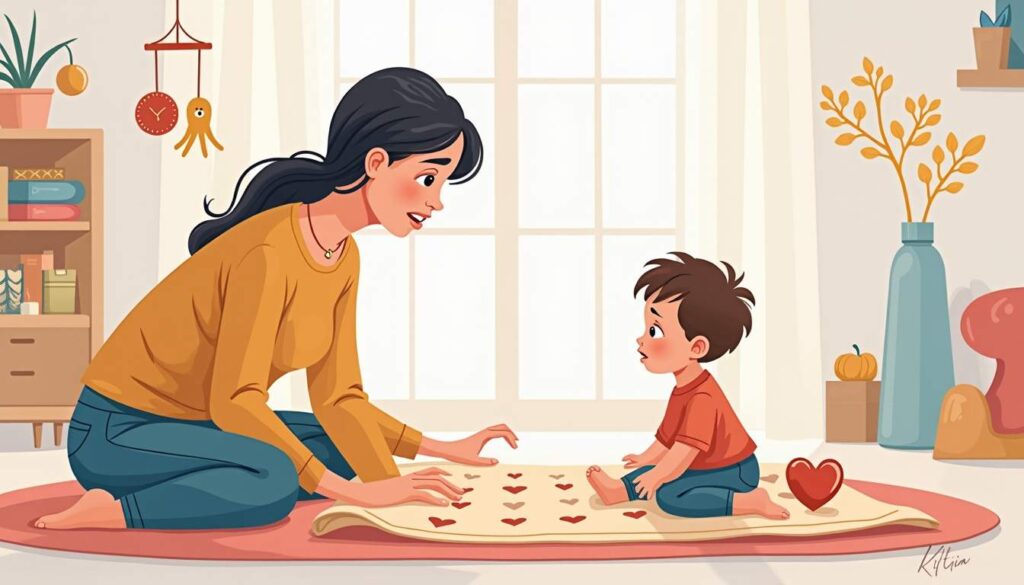
Signs of Developmental Delays
If a baby seems excessively fixated on staring at one object or person, it may be worth consulting a pediatrician. While curiosity is normal, a lack of responsiveness or engagement with others could indicate developmental delays. Early intervention can make a significant difference in a child’s growth and development.
Social Withdrawal
In some cases, a baby may appear withdrawn and avoid eye contact altogether. This behavior could signal social anxiety or other emotional challenges. If a caregiver notices this pattern, it’s essential to seek guidance from a healthcare professional to explore potential underlying issues.
Creating a Stimulating Environment
To encourage healthy development and engagement, caregivers can create an environment that stimulates a baby’s curiosity and encourages interaction. Here are some tips to foster a rich learning experience.
Engaging with Eye Contact
Making eye contact with a baby is one of the simplest yet most effective ways to encourage interaction. When caregivers look into a baby’s eyes and respond with smiles or sounds, it reinforces the bond and encourages the baby to engage further. This back-and-forth interaction is crucial for their social development.
Providing Varied Stimuli
Introducing a variety of toys, colors, and sounds can captivate a baby’s attention and encourage exploration. Brightly colored toys, musical instruments, and textured objects can all stimulate their senses and promote curiosity. Rotating toys regularly can also keep the environment fresh and exciting.
The Heartwarming Connection of Staring
Ultimately, the act of a baby staring is a beautiful expression of curiosity, connection, and emotional development. It serves as a reminder of the wonder and innocence of early childhood. Each gaze is a step toward understanding the world and building relationships.

Embracing the Moments
For caregivers, these moments of staring can be incredibly rewarding. They offer a glimpse into a baby’s mind and their journey of discovery. Embracing these interactions can create lasting memories and strengthen the bond between caregiver and child.
A Journey of Growth
As babies grow and develop, their stares will evolve into smiles, giggles, and eventually words. Each phase of development is a testament to their learning and exploration. Cherishing these moments of connection can create a nurturing environment that supports their growth.
In conclusion, the next time a baby stares at you with those wide, innocent eyes, remember that it’s more than just a simple gaze. It’s a window into their world of curiosity, emotion, and connection. By understanding the reasons behind their stares, caregivers can foster a nurturing environment that supports healthy development and strengthens the bond between them and their little ones.
So, embrace those heartwarming stares, respond with love, and enjoy the beautiful journey of watching a baby grow and discover the world around them.



